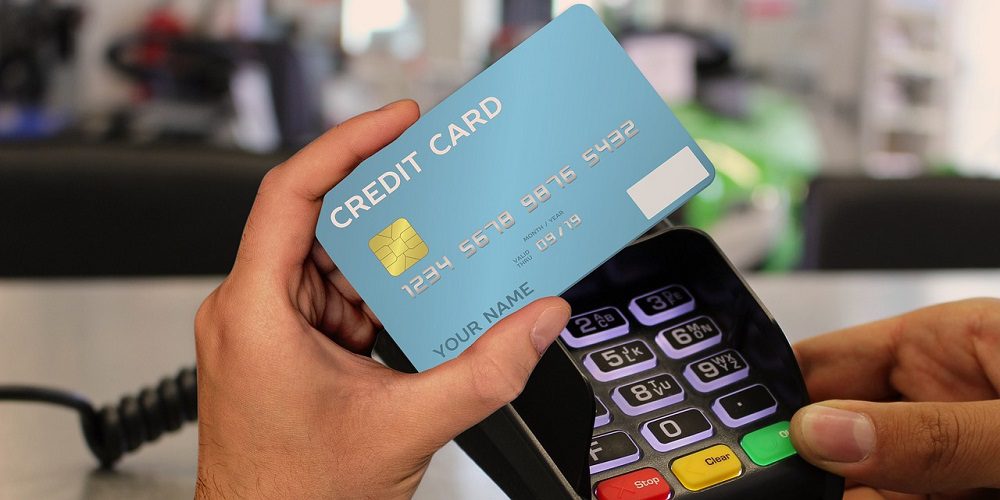Welcome to our blog post on the ultimate showdown: credit card vs. debit card! In today’s fast-paced financial world, it’s crucial to understand the key differences between these two plastic powerhouses that dominate our wallets. Whether you’re a seasoned spender or just starting your financial journey, join us as we unravel the mysteries behind credit and debit cards and help you make an informed decision about which card suits your needs best.
Introduction
Credit cards and debit cards are two of the most commonly used payment methods in today’s society. They both offer a convenient and secure way to make purchases without carrying cash. However, many people often confuse these two types of cards and may not fully understand the key differences between them.
The Key Differences Between Credit and Debit Cards
Credit and debit cards are both widely used forms of payment, but they operate in different ways. While they may look similar and have the same function of allowing you to make purchases without carrying cash, there are important differences between credit and debit cards that every consumer should understand.
1. Source of Funds
The key difference between credit and debit cards lies in their source of funds. When you use a credit card, you are essentially borrowing money from the bank or financial institution that issued the card. You will need to repay this amount plus any interest charges at a later date.
On the other hand, when you use a debit card, the funds for your purchase are directly drawn from your personal checking or savings account. In this sense, using a debit card is more like spending cash than taking out a loan.
2. Spending Limit
Another major difference between credit and debit cards is their spending limit. With a credit card, you have access to a line of credit that is predetermined by the issuer based on factors such as your credit score and income level. This means that you can spend beyond what you currently have in your bank account, up to your available credit limit.
However, with a debit card, your spending limit is determined by how much money you have in your account at any given time. You cannot spend more than what is available in your checking or savings account unless you have overdraft protection set up with your bank.
3. Interest charges
Since using a credit card involves borrowing money, there is a cost associated with it in the form of interest charges. If you do not pay off your credit card balance in full each month, you will be charged interest on the remaining balance. This can add up quickly and result in significant debt if not managed carefully.
On the other hand, debit cards do not charge interest since you are spending your own money. The only fee that may be associated with using a debit card is an overdraft fee if you spend more than what is available in your account.
4. Credit Score Impact
Another major difference between credit and debit cards is their impact on your credit score. Since credit cards involve borrowing money, they can have a direct effect on your credit score, depending on how you manage them. By making timely payments and keeping your credit utilization low, you can improve or maintain a good credit score.
However, since debit cards are linked directly to your bank account, they do not affect your credit score at all. Your use of a debit card does not get reported to credit bureaus and therefore has no impact on your credit history.
5. Protection Against Fraud and Disputes
Both credit and debit cards offer some level of protection against fraud and unauthorized charges. However, there are key differences in how these protections are applied.
With a credit card, you have 0% liability for any fraudulent charges. This means that if your card is used without your permission, you will not be responsible for paying those charges. Most credit cards also offer additional protection for purchases made with the card, such as extended warranties and purchase protection.
How They Work
Credit cards and debit cards are two of the most commonly used financial tools in our daily lives. While they may seem similar at first glance, there are some key differences between these two types of cards. One of the main differences lies in how they work.
Let’s start with credit cards. When you use a credit card to make a purchase, you are essentially borrowing money from the credit card company or bank. The credit card issuer pays the merchant on your behalf and then sends you a bill for the amount spent at the end of each billing cycle. You have the option to pay off your balance in full or make minimum payments over time.
On the other hand, when you use a debit card, funds are directly withdrawn from your checking account to pay for your purchases. This means that you can only spend what is available in your account at any given time. If you do not have enough funds in your account, your transaction will be declined.
Another key difference between credit and debit cards is their impact on your credit score. Credit cards can play a significant role in building or damaging your credit score, while debit cards do not affect it at all. Responsible use of a credit card—making timely payments and keeping balances low—can improve your credit score over time.
Benefits of Using a Debit Card
Using a debit card instead of a credit card can have numerous benefits. In this section, we will explore the advantages of using a debit card and how it can benefit you in your financial transactions.
1. Helps Avoid Debt:
One of the major benefits of using a debit card is that it helps you avoid debt. With a credit card, you are essentially borrowing money from the bank or institution issuing the card. This means that if you are not careful with your spending, you may end up accumulating large amounts of debt, which can be difficult to pay off. On the other hand, with a debit card, you can only spend what is available in your bank account. This allows for better control over your finances and prevents overspending.
2. No interest charges:
Since you are not borrowing money when using a debit card, there are no interest charges involved. This means that whatever purchases or transactions you make through your debit card will not accrue any interest charges as long as there are sufficient funds in your account to cover them. This is especially beneficial for those who struggle with paying off credit card balances with high interest rates.
3. Better Budgeting:
Debit cards help promote better budgeting habits as they only allow for spending within one’s means. By having access to only the funds available in their bank account, individuals can keep track of their expenses more easily and avoid overspending on unnecessary items.
4. No Credit Check:
Unlike credit cards, which require a credit check before approval, most debit cards do not require a credit check. This makes it easier for individuals with limited or no credit history to obtain a debit card and start building their credit.
5. Easy to Use:
Debit cards are widely accepted and can be used in most places that accept credit cards. They can also be used for online purchases, making them a convenient and versatile way to make payments.
6. ATM Access:
Most debit cards come with the option of being used at ATMs to withdraw cash or deposit funds. This provides easy access to your money without having to visit a bank branch.
Conclusion
Both credit and debit cards have their advantages and disadvantages. Credit cards provide flexibility and potential rewards but come with the responsibility of managing debt, potentially damaging your credit score if not used wisely. Debit cards offer more control over spending but may not offer the same level of protection against fraud. Ultimately, the choice between these two types of cards depends on your personal financial situation and preferences.



































